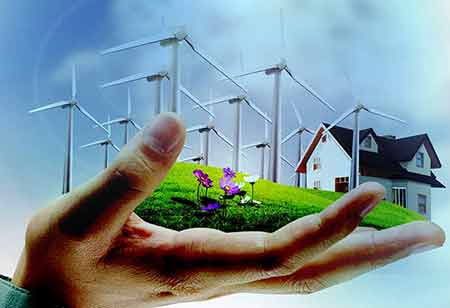Thank you for Subscribing to Energy Business Review Weekly Brief
How Safe Is Fracking?

By
Energy Business Review | Friday, January 21, 2022
Stay ahead of the industry with exclusive feature stories on the top companies, expert insights and the latest news delivered straight to your inbox. Subscribe today.
Hydraulic fracturing, generally called fracking, is a drilling technique utilized for extracting oil or natural gas from deep underground.
FREMONT, CA: Advocates insist fracking is a safe and economical source of clean energy; critics claim fracking can destroy drinking water supplies, pollute the air, contribute to the greenhouse gases that cause global warming, and trigger earthquakes.
How safe is fracking?
Proponents of fracking claim that drilling is a safe and clean method of securing essential power sources that will meet U.S. energy needs for decades.
Fracking has unlocked massive new supplies of oil and clean-burning natural gas from dense deposits of shale — supplies that increase our country's energy security and improve our ability to generate electricity, heat homes and power vehicles for generations to come.
But opponents say the industry is whitewashing fracking's real effects, a long list that includes air pollution, groundwater contamination, health problems and surface water pollution.
Recent history supports some of their claims: A fracking well in Bradford County, Pa., operated by Chesapeake Energy Corp., malfunctioned in April 2011, spewing thousands of gallons of contaminated fracking water for over 12 hours.
Fracking and the law
Across the United States, fracking is regulated by a patchwork of state and local legislation, according to the National Conference of State Legislators.
At the federal level, fracking is exempt from some of the Safe Drinking Water Act requirements, particularly the requirement to disclose the chemicals used in good injections.
However, Wyoming, Michigan and Texas have regulations requiring full disclosure of the chemicals used in fracking. Dozens of other proposed regulations that control some portion of the fracking industry are now moving through the legislatures of states where fracking is a large and growing industry. In addition, some cities are taking the matter into their own hands by banning fracking mines.
But by most accounts, America's fracking boom — especially in areas of shale gas — isn't going to stop anytime soon: The Annual Energy Outlook 2012 predicted that the country's ample supply of shale gas will account for almost half of the natural gas produced in the U.S. by 2035. Nonetheless, more current analysis shows a much more modest outlook for fracking due to dropping gas prices and overproduction.






